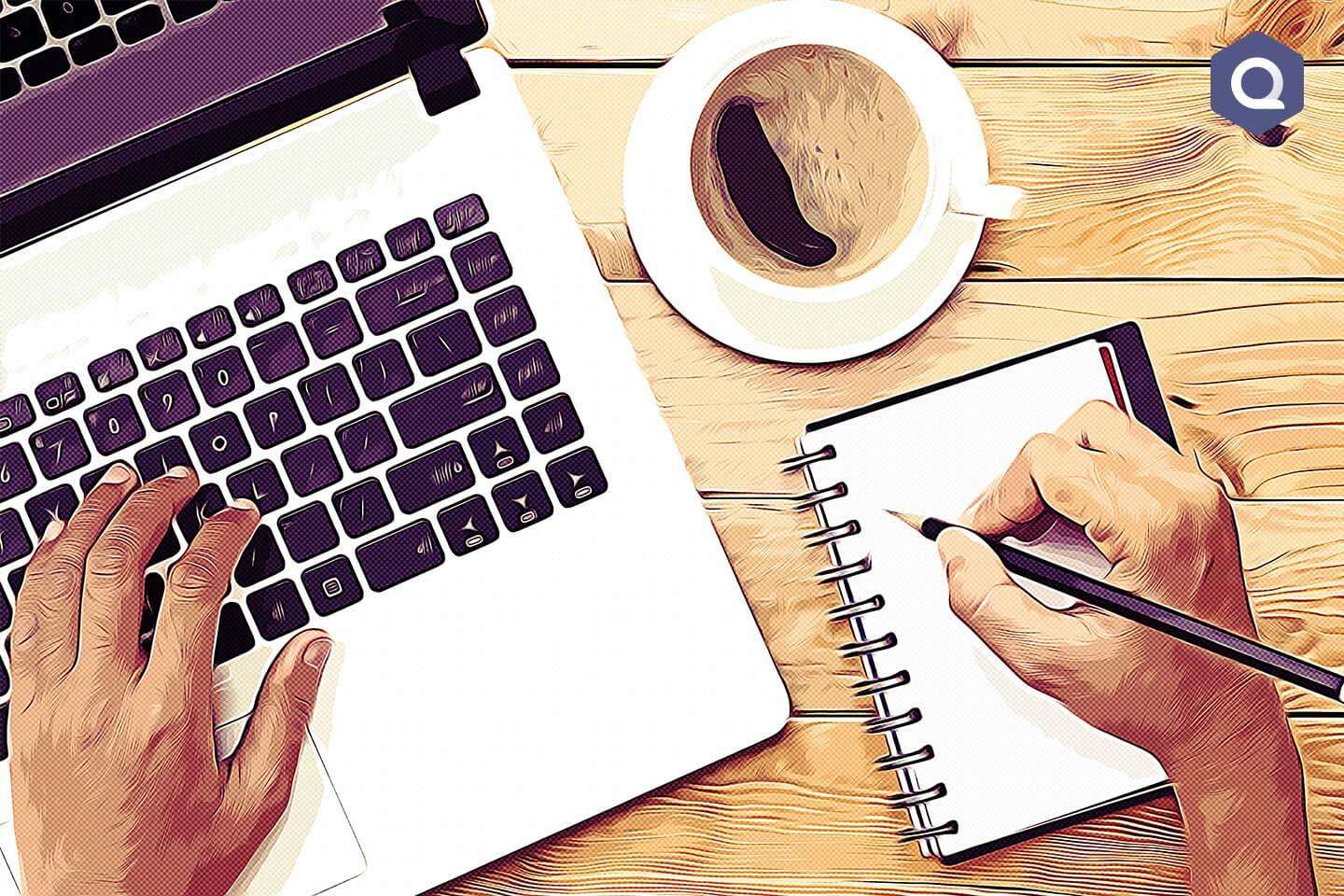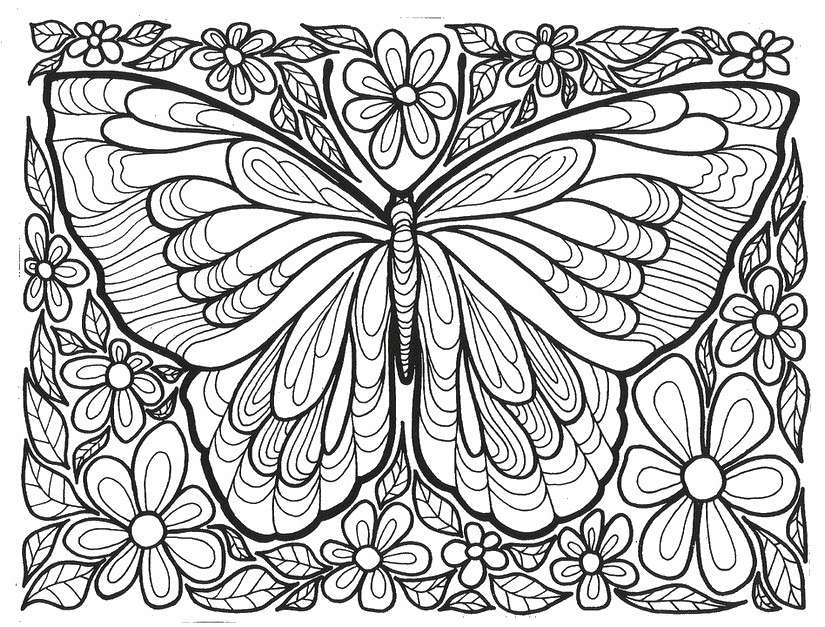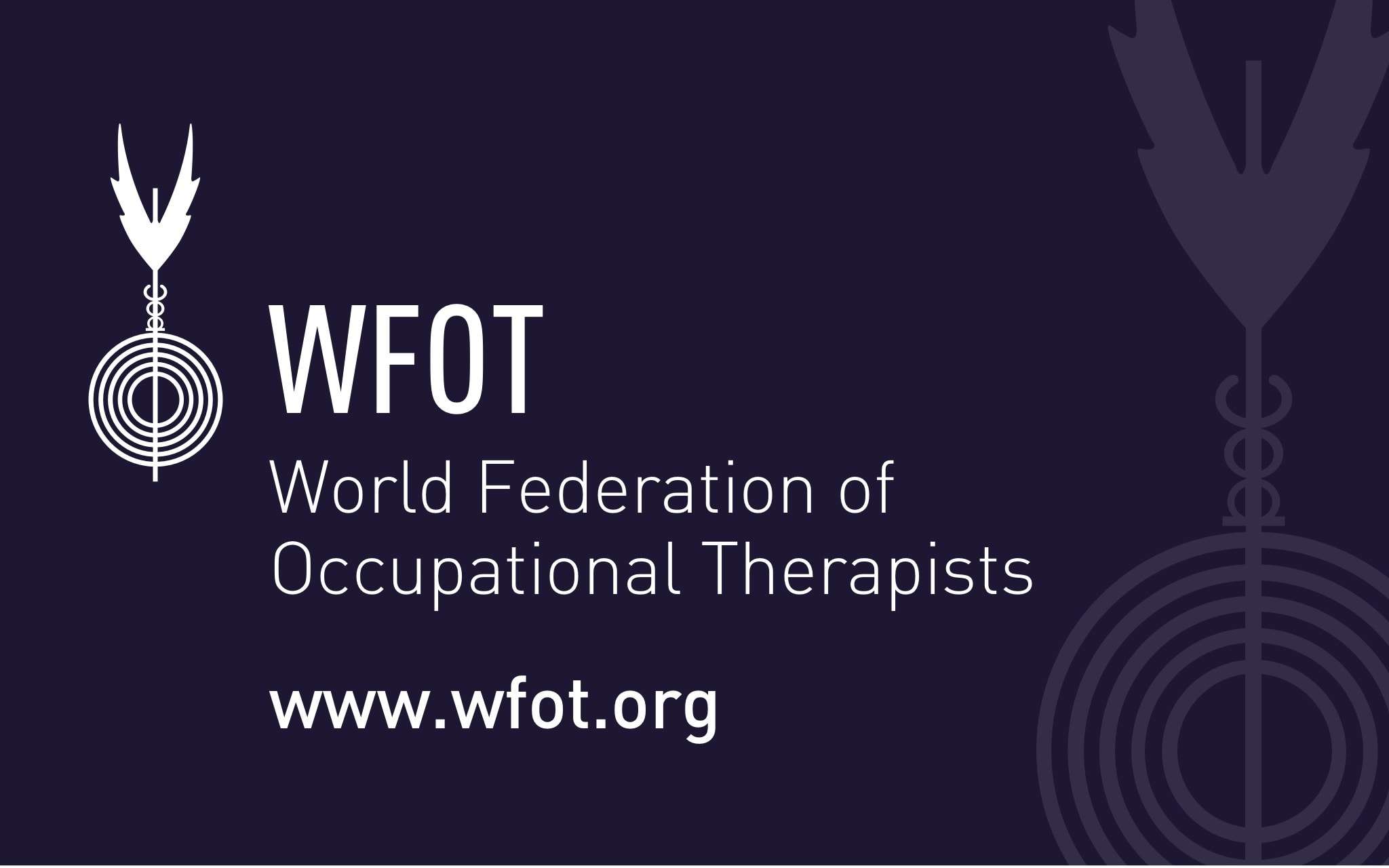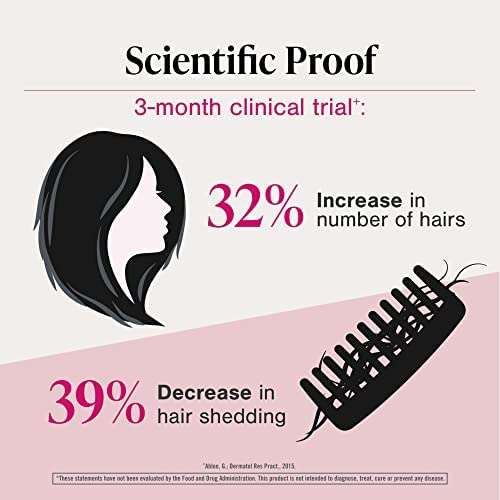There is no one size fits all method to completing progress notes, and they can be written in a number of ways. As you get to know your clients and their therapeutic needs, you’ll figure out the best method for your practice. But to start, here’s a breakdown of how to write therapy progress notes, and what to include in yours.
What are mental health progress notes?
Mental health progress notes are what clinicians use to document the details of every session, focusing on the client’s condition coming in, as well as what transpired during the clinician’s interaction with the client. Clinicians have a legal and ethical responsibility to document each treatment episode as part of the client’s official medical record. These notes describe any notable symptoms or other relevant factors in the client’s presentation, changes since their last visit, their response to treatment recommendations, and interventions related to their goals, as well as assessment of client risk.
How to write therapy progress notes
There are a lot of different ways you can write progress notes for therapy. Many clinicians find it ideal to utilize electronic health record systems in order to speed up the process by utilizing clickable checkboxes and fillable templates that hit all of the important elements required for documentation. Electronic notes also have the added benefit of being consistently legible, which is a major requirement of progress notes.
Others prefer to have a physical paper note, as they can complete some of it in-session. However, it is usually not possible to completely and thoroughly finish a progress note while also being attentive to your client, in addition to risking illegible handwriting.
A hybrid approach might involve some handwritten notes to assist you in remembering some key details when you complete an electronic note later. This approach can also consist of incorporating a paper template form, containing sections for relevant information or checklists, that you can scan and attach to an electronic note. The hybrid approach may be particularly helpful for newer clinicians, in order to provide the added benefit of guiding your session, such as remembering to hit on or assess certain areas, so you’re not kicking yourself later for not asking a key question.
To help you learn how to write these notes, we’ve created a therapy progress note template, which you can customize as you need and put to use right away in your practice.

Download our free sample therapy progress note template!
What should be included in therapy progress notes?
So, how do you write a therapy progress note? The elements that need to be included in your progress notes will vary somewhat depending on requirements of your state, licensing board, professional organization, ethical code, the organization where you work, the modality you are using, and insurance company or third party contracts if applicable. Each of these may require more specific information, so always check through each of these to add to your own format or templates.
In general, all progress notes should include the following:
Demographic/identifying information
-
Client’s name, and an identifier like date of birth
-
Date of the session, and exact start and end time of the session
-
Clinician’s name, and a handwritten or electronic signature
-
For telehealth sessions, the location of the session/client
Description of your client’s behavior
-
A description of the client’s presentation (their mood, affect, appearance, and behavior in the session), as well as relevant symptoms that are reported by the client and observed by the clinician
-
A diagnosis
-
A safety assessment. While some clinicians do this as needed if a client reports suicidal ideation or self-harm behavior, if you work with high risk clients you may want to document that you checked on this in each session, and that a client denied these, as a safeguard.
-
Any additions or changes to medications that may impact the client’s mood or symptoms, or a statement about medication compliance or noncompliance for any client who is already taking medications
Treatment plans going forward
-
What you did as a clinician (treatment modalities used, what you recommended, what you asked, what you prompted the client to consider, coping skills you taught, handouts or assignments you provided)
-
The client’s response to interventions listed above
-
The client’s progress toward established goals, in a more specific and short-term format than in their treatment plan, and whether any changes need to be made to the treatment plan
-
The plan for the client following the session (what the client will work on, what will be discussed in the next session, when the next session is scheduled)
In addition to these elements, it’s important to keep in mind that progress notes should be primarily objective in nature, and completed with maintaining a client’s privacy in mind. Progress notes are part of the documentation that could be requested by your client, or subpoenaed and read out loud in a court of law. Does a jury, a client’s soon to be ex-husband, need to hear the contents of your client’s sexual dream, the identifying information of another individual in their life, or your personal opinion about the childhood root of your client’s issue? Most likely not.
Client progress note example
Here’s an example of how some of these elements might be written in your progress note:
Clinician Name
Agency Name
1234 Office Address
Wherever, UR 12345
Client Name: Johnny Appleseed
Client DOB: 01/02/3456
Diagnosis: F 33.0, Major Depressive Disorder, Recurrent, Mild
Date: 03/04/5678
Start Time: 07:03 pm
End Time: 07:58 pm
Client’s Subjective Concerns/Chief Complaint: “I’m starting to feel more depressed.” Client noted concerns about his mood, endorsing depressed mood, lethargy, insomnia, loss of energy and motivation, and urges to isolate from his romantic partner.
Clinical Observations: Client appeared disheveled, which is unusual for him, and a marked change since last session. Client sat in a hunched position upon the beginning of the session, and appeared tired, with slowed movements and dysthymic mood. He was attentive and cooperative, and had congruent and appropriate affect. Client denies suicidal ideation.
Issues and Stressors Discussed/Session Description: Client discussed experiencing increased difficulty with depressive symptoms beginning last week, following an argument with his romantic partner. Client reviewed the details of the argument, and stated that it occurred late on Tuesday night, causing him to get only 4 hours of sleep. Client has continued to attend work, and reports compliance with prescribed medication. Client stated that the argument is now resolved, and he has been communicating with his partner, though he has had thoughts such as “What’s the point? He doesn’t understand me.” Upon further exploration, this writer learned that, since Tuesday night, the client has been spending more time than usual on his mobile device at night, continuing to get a less than ideal amount of sleep (5-6 hours), and negatively impacting his energy level and mood. While the client did roll his eyes upon this writer bringing up his mobile phone use, he then laughed and stated, “I know, I know, I’m doing it to myself.”
Interventions/Methods Provided: Discussion of symptoms, supportive counseling, identification and exploration of emotions, Psychoeducation: Dialectical Behavior Therapy Emotion Regulation skills, discussion of vulnerabilities, ABC PLEASE handout provided. Review of client’s safety plan.
Assessment: While client’s endorsed symptoms and presentation are in keeping with depression, but are part of a sudden change prompted by an argument and reduction in sleep, it is likely that client’s emotional reaction to the argument with his partner and subsequent poor sleep hygiene are responsible for this sudden shift in mood and appearance. Client does not appear to be at risk of suicide at this time, discussing the importance of being available for his younger brother and pet dog, and is agreeable to following the steps outlined in his safety plan if symptoms increase or ideation occurs. However, the client is at risk for worsening depression if he is unable to prevent further decompensation.
Plan: Client has committed to resuming a sleep schedule, beginning tonight, and agreed to turn off his smartphone an hour before the established 11PM bedtime. Client will monitor his symptoms, and reach out to this writer if symptoms increase. If symptoms worsen by the next session, this writer may encourage the client to outreach his psychiatrist for an earlier appointment, as their next follow up is not scheduled for another month.
Next Appointment: 03/11/5678
Clinician Signature: ____________________________________
Clinician Printed Name, LCSW
What are some of the different mental health progress note types?
There are several widely used formats for progress notes that can provide a template for making your note-keeping more efficient, while including all of the necessary key points:
Each kind of note template is similar, but there are some differences that might lead you to choose one format over another. For example, since SOAP notes were created for healthcare settings, some may find that they prefer DAP notes, which allow for a bit more subjectivity around the elements of mental health that are less black and white. Conversely, some clinicians can easily veer off-course with an open-ended description section like in the DAP note, preferring the more concrete objective or behavioral categories in the SOAP or BIRP notes.
Both SOAP and DAP notes contain an assessment section, unlike BIRP notes, which focus on the response to the in-session interventions, but not the overall condition of the client. Since this type of assessment may be required, particularly for health insurance companies or if you are in a setting that requires you to justify the need for more treatment on a regular basis, many clinicians opt for the SOAP or DAP formats.
Ultimately, you might consider your strengths and difficulties as a note taker. If your notes tend to be lengthy without guidance, or you easily find yourself getting lost in the details and including too much personal client information or subjective opinion, choose a format that helps you to be more succinct, like SOAP or DAP notes. If these formats cause you to feel boxed in, you might prefer to create your own template that includes all of the factors required, without having to fit them into the categories of any of these formats.
Are progress notes the same thing as psychotherapy notes?
You may have also heard about psychotherapy notes, and it’s important to note that these aren’t the same as progress notes. Psychotherapy notes are private notes, kept separate from the client’s medical record or chart, that are for the clinician’s eyes only. Psychotherapy notes cannot be subpoenaed and aren’t part of the record that gets shared with the client or other providers. This option is helpful to keep in mind when you want to remember some personal details the client shared, a direction you’re thinking of moving in treatment, or some internal experiencing to discuss with your clinical supervisor—but the information would be inappropriate to place in the client’s progress note.
For those clinicians that want a way to document a lot of detail, and have recognized they are likely sharing too much in the description section of their DAP progress note, psychotherapy notes are a great solution as an addendum to the progress note.
How to use therapy progress notes with your EHR
There are several ways you can incorporate digital notes with your EHR. You can either upload a template, or follow the structure within your software. A top-rated EHR will have a dedicated section for notes and documentation, as well as easy-to-use templates that are built right into the platform.
If you’re looking for a fully integrated EHR that works for behavioral health practitioners like you, try SimplePractice for a free 30 days. SimplePractice makes it easy to streamline your notes and documentation, while also improving your clients’ experience.



